Change Your Photography Forever
The best way to take your photos to the next level is to splash out on a good quality camera lens.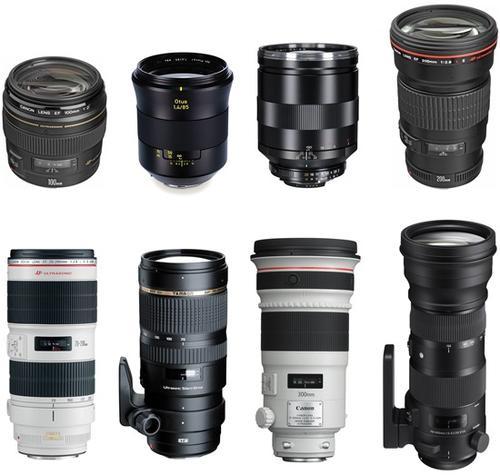 Take a good, hard look at yourself at this point in your photographic life.
Take a good, hard look at yourself at this point in your photographic life.
Do you experience a tingling of despair due to your inability to capture the beauty of a dew drop on the tip of a flower petal?
Do you find that you yearn to render the velocity and turbulence of a river rapid on a two-dimensional surface?
Does your heart start beating faster at the very thought of taking a portrait of a roaring lion without risking your life?
In short, do you ever feel that you could – and should – be taking better pictures?
If you answered yes to any of the above questions, keep on reading!
Providing that you have a decent camera body, the best way to take your photos to the next level is to splash out on a good quality lens – or, even better, lenses. Cheap they are not, but they will change your photography forever. Besides, investing in camera lenses makes sense because they retain their value much longer than the camera body and can be handed down from one generation to the next. Believe it or not, there are professional photographers who are still happily using lenses originally purchased for a film camera.
Alas, there is a glitch. Even a glimpse at the bobshop camera lenses selection may leave a novice with a serious case of faintheartedness. With so many option, such diversity of prices … where does one even start? To help you navigate, you will find here a basic guide to the types of camera lenses.
Before we start, do note that your choice of lenses is limited by the camera body you have. There is no mix-and-match of branded parts. In other words, you cannot put a Canon lens on a Nikon camera body or vice versa.
You should also know that the full frame, APS-C and micro four thirds (to name only the currently most popular formats) camera bodies and lenses can be interchangeable, but are not always so.
With this disclaimer out of the way, let’s scratch the surface of the fascinating and complex world of camera lenses.
Focal Length and Aperture
The most important information about a camera lens is printed on the side of its body. The key numbers to look for are the focal length and aperture.
Focal lengthrefers to the angle of view the lens covers. The human eye is said to see the equivalent of 30-50mm on a full frame camera. When you look through an 18mm lens, you will see more of a specific scene than you would with a naked eye and the scene will seem farther away. When you look through a 200mm lens, you will see only a portion of the same scene and the scene will seem very close to you.
Focal length is measured in millimetres (mm). A single number (for example, 60mm) denotes a prime lens, without zoom capabilities. The presence of two numbers (such as 18mm-135mm) means that the lens can zoom in that range.
Aperture controls how much the lens can open to let in light. The aperture is denoted asf/2.8, F2.8 or 1:2.8. All three sets of symbols mean the same thing, that the aperture can open up to 2.8 f-stops. Lenses with smaller f-stop number (e.g. f/1.4) have larger maximum apertures, capable of allowing more light to pass through onto the sensor.
Many users find it confusing that the smaller number means bigger aperture. This image might help:
By letting in more light, large aperture (f/1.4 or f/1.8) allows a photographer to capture a moment of action in great detail or to take good images in poor light. It also makes it possible to manipulate the depth of field, for example to create that beautiful blurry background in portraits, called bokeh.
Therefore, the smaller the f-number, the better the lens… and more expensive. As a compromise between cost and performance, f/2.8 to f3/5 maximum aperture will suffice, even if you need to take a photo of a fast moving subject on an overcast day.
Some zoom lenses have a variable maximum aperture, which changes depending on focal length. For example, an 18-200mm f/3.5-5.6 lens has a maximum aperture of f/3.5 at 18mm and of f/5.6 at 200mm. Higher quality zoom lenses keep the same aperture throughout the zoom range.
Main Types of Camera Lenses
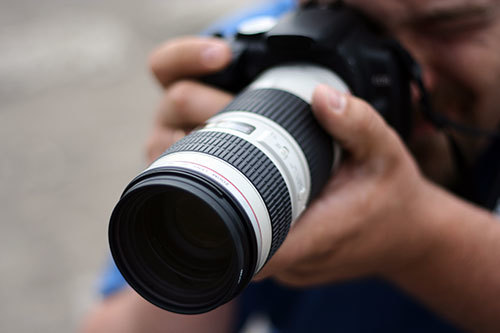 Kit lenses often come with interchangeable-lens camera bodies. Even though it is considered entry-level, a kit lens can be a good all-rounder, indispensible in documenting the everyday life of your family.
Kit lenses often come with interchangeable-lens camera bodies. Even though it is considered entry-level, a kit lens can be a good all-rounder, indispensible in documenting the everyday life of your family.
A standard kit lens for full-frame and APS-C format cameras usually have 18-55mm focal length and the maximum aperture in the f/3.5 range, while a micro four thirds system kit lens is typically a 14-42mm kit lens, with a bigger f-stop number.
Zoom lenses are what most novice photographers covet. A zoom lens is a must-have for touristy stuff like shooting landmarks or wildlife, as well as for taking photos of sports activities. But they can be expensive…
The full frame camera zoom lenses that will fit the bill both price-wise and performance-wise are the 24-105mm or 28-135mm with f/3.5 maximum aperture. If your photo equipment is APS-C, look for an 18-140mmf/3.5 lens. Owners of micro four thirds cameras will probably be happy with a 40-150mm f/4.0 (or, even better, f/2.8) lens.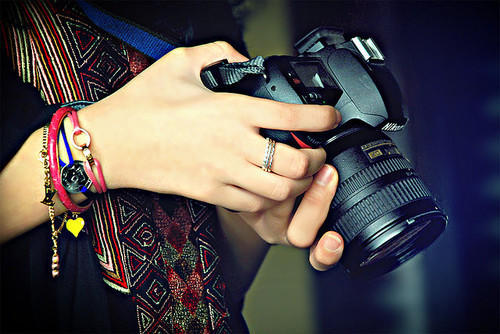
Prime lenses do not zoom at all. So, what are they good for? Turns out, for plenty of things!Here are some of them: landscapes, portraits, macro photography, street photography, real estate photography, product photography…
While some photographers (with full frame or APS-C format equipment) swear by the 35mm prime lens, others sing odes to the 85mm one. You won’t go wrong if you opt for the standard 50mm prime lens (with f/1.8 or, even better, f/1.4): you will pay less and still get decent pictures.
As for the micro four thirds camera owners, they should look for these numbers: 25mm, 19mm, or 12mm and f/2.0 and f/2.0, f/1.8 or f/1.4. If you are strictly into portraiture, you may want to explore the micro four thirds range of 45mm to 75mm focal length, preferably keeping to f/1.8 aperture.
One more word in favour of prime lenses: in case you cling onto the zoom just because it can bring the object to you… remember that (in most cases) your legs are perfectly capable of bringing you within the right distance from the object!
Macro lenses are designed for shooting objects up close, be it a flower filament or a bread crumb. Mere macro settings on your camera or lens won’t do the trick as well. True macro lensesallow for extreme, detailed close-ups without losing focus. They have a fixed focal length, usually 60mm or 100mm on a full frame format, 85mm or 105mm on APS-C, and 45mm or 60mm on micro four thirds.
Macro lenses are often defined by their magnification ratio. If a lens is capable of 1:1 magnification at a distance of 19cm, it means that a 1cm long insect photographed at a distance of 19cm will take up 1cmon your camera’s sensor. And that’s big!
Wide angle lenses can be either prime or zoom. They are made for capturing the expanses of oceans and beaches, plains and mountains, cities and deserts, as they allow for a much wider angle of view than the human eye and other camera lenses.
Very wide lenses can distort the image, especially at the edges of the frame, which can be used to a great effect. The fisheye lensespurposely distort the image in a curved way to get more into the shot.
A wide angle lens has a focal length of 21-35mm. Anything under 20mm is usually classified as a super wideangle lens. Wideangle lenses for the micro four thirds format range from 10-24mm. The maximum aperture is usually f/3.5 for full frame and APS-C and f/2.8 to f/2 for micro three quarters.
All photographers agree that a good lens is vital in getting the right shot. Other photo equipment plays a role too, interacting with the lens properties, notably the camera’s shutter speed and ISO settings. However, the most important ingredient is – you, the photographer. You have to be willing to spend time experimenting and learning!
Full Frame, Crop-Sensor, Four Thirds
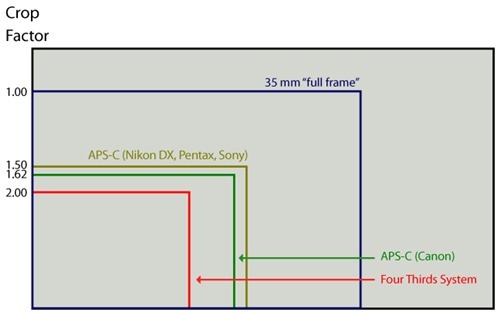 DSLR cameras have a 35mm, APS, or four thirds size CCD or CMOS sensor. These standards can be somewhat confusing. Here is a quick recap of what’s what:
DSLR cameras have a 35mm, APS, or four thirds size CCD or CMOS sensor. These standards can be somewhat confusing. Here is a quick recap of what’s what:
Full frame: a DSLR standard with the image sensor which is the same size as 35mm format film (36 x 24 mm). The majority of digital cameras today have a smaller-than-35 mm frame, because these are cheaper to manufacture. The best known full frame DSLR cameras are manufactured by Canon and Nikon; the former uses full-frame model designations that start with the letters EOS, and the latter with the letter D.
Advanced Photo System type-C (APS-C): a crop-sensor DSLR standard. There are several APS-C varieties, all of them smaller than 35 mm standard film. Some of the APS-C cameras and lenses are: Nikon DX, Canon EF-S and EF-M, Pentax DA, Sigma DC, Sony DT, and so on.
Micro four thirds: a standard for mirrorless interchangeable lens digital cameras, camcorders and lenses created by Olympus and Panasonic. It has the same image sensor size and specification as the four thirds system.
It is true that there are lens adapters that purport to allow the photographer to use lenses across brands and systems, but they can create performance issues. All in all, further reading is a requirement if you are serious about your camera lenses!
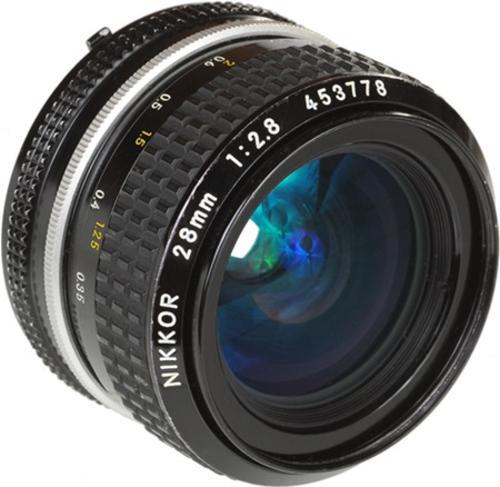 The Rings of a Lens
The Rings of a Lens
Here is a description of the physical elements of a standard camera lens:
At the very top of a camera lens is a filter thread to which the user can attach filters and other accessories.
The glass in the front of a camera is called the optical lens. Its job is to focus light into the camera. There are several other optical lenses inside the body. Their function is to further refine the image.
Next is the focusing ring which the photographer rotates to focus the image. In automatic mode, this ring is moved by a small motor within the lens whenever the photographer presses the shutter release button halfway down. Focusing rings usually have numbers showing how far away a subject is when focused.
Lenses with zoom capability have a focal length ring. This ring allows the photographer to zoom in or out on a subject. If you are using a prime or fixed lens you won’t have a zoom ring.
The aperture ring controls the opening in the lens which allows light onto the film or digital surface. The size of the aperture is measured by the f-stop setting. Newer lenses are often made without this ring. On them, the aperture is controlled via the camera body.
At the bottom is the lens mount that serves to attach the lens to the camera body. Each camera manufacturer uses a different lens mount design. It is still possible to mount non-matching lenses onto a camera body with a special mount adapter ring, but this usually involves loss of performance.
Some lenses may have additional features, like the stabiliser on / off button.
Brand Name or Generic
You get what you pay for…
Rarely does this age-old wisdom ring as true as in the world of camera lenses. While it is safer and better to stick with your camera body brand’s lens, one has to admit that the more affordable generic or third-party lenses can be invaluable for the ambitious photographer with meagre means. Some of the better-known third party lenses that are lately getting positive reviews by photographers are manufactured by Sigma, Tamron and Tokina.
Since the third party lens manufacturers mostly make lenses with a Canon or a Nikon mount, you will have no choice but to go with the original if you own a DSLR camera made by Pentax, Olympus or Sony.
